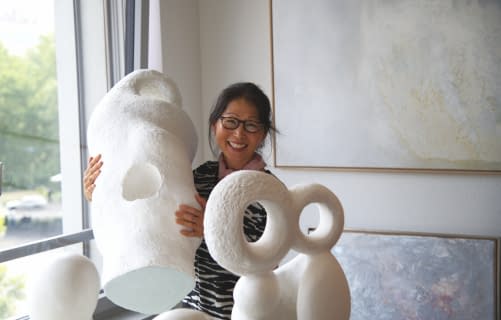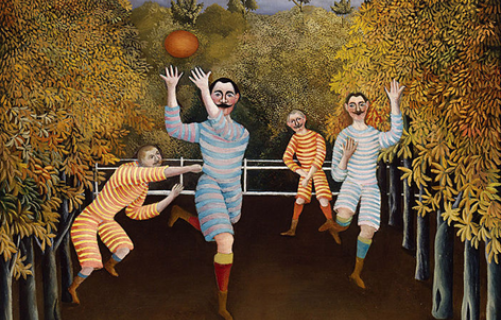Short Summary
Between stillness and movement, light and shadow: Photographer Sylvain Blanchoud knows how to transform the everyday into poetic visual worlds. In this interview, he talks about the magic of the space in between, his love of nature, the influence of architecture - and why he describes himself as an ‘interprète-ographe’ (an artificial word made up of interprète (French for translator) and photographe (french for photographer)).
From Moment to Motif: Interview With Photographer Sylvain Blanchoud
Dear Sylvain. Thank you very much for agreeing to the interview.
Sylvain Blanchoud, what is your personal approach to your photographic work? And how do you see photography within art - more as a documentary medium, a poetic tool or something completely different?
Answer:
Dear Yvonne, dear art24 team - the pleasure is all mine! It is an honour for me to take part in this interview. My most important concern is to do my best to ensure that the visual interpretation I propose to people comes as close as possible to what the subject gave me or conveyed to me at the moment the picture was taken. And that the result is as artistic as possible - be it through the play of colours, shadows, light or movement. I try to avoid or minimise the banality of what I see - that is essential for me. If I find one of my pictures banal, I can't show it - that would simply be too difficult for me.
By the way - and this may frighten purists - I see myself as a kind of ‘interpretographer’. Yes, that's a made-up term, but I think it describes my approach to photography quite well. For me, photography is like a Swiss army knife: it can inform and inspire reflection, as with press photography; it can impart knowledge - about animals, science or cultures, for example. It can make you laugh, move you to tears or evoke nostalgic memories. It can also spark anger - or love: for a person, an animal, a thing. It can help you to accept yourself, to get to know yourself better, to reconcile with yourself.
Yes, photography can be a poetic medium - to capture feelings and moods or to enhance what is happening before our eyes in a special way. Poetry in pictures can make everyday life or the news seem less harsh, less unbearable. It reminds us that, despite everything, there is hope, humanity, beauty and light. Photography is a multi-talent - capable of wonder, of surprises - and that's exactly why I love it so much. Sometimes its immensity even scares me a little.
I took a look at your work. As an art historian, you naturally try to recognise patterns or find out what makes the pictures special. I noticed that many of your works show different means of transport, whether on the water, on the rails or on the roads.
In your pictures, movement often only seems to be hinted at - as if it has just happened or is about to happen. For example, the photograph of the tram tracks without a tram (‘Vue d'un pont du centre-ville de Bern, Suisse’). At the same time, many scenes radiate a deep sense of calm. The boats docked at the harbour or the fishermen waiting calmly and patiently for a catch in the open water (‘Moment de pause bien mérité pour une mouette, Vaud’ and ‘le vieil homme et la mer, Sardaigne’). Of course, on the one hand, this is a technical condition of the camera. Nevertheless, I wanted to ask you the following:
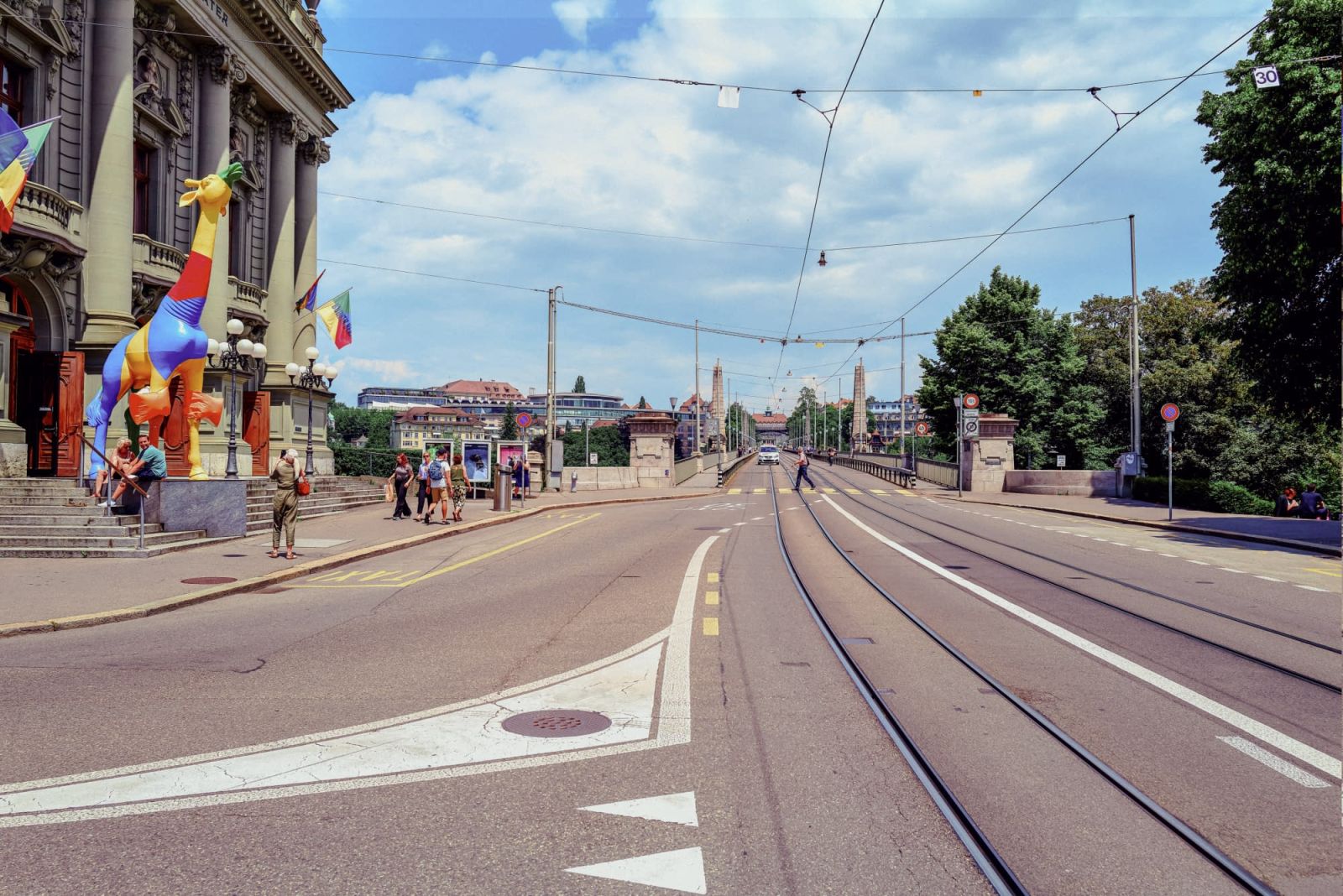
What appeals to you about this tension between movement and stillness - and how do you use the camera to capture this moment of in-between?
Answer:
Yes, I like to photograph means of transport - and their passengers, who sometimes come from the remotest parts of the world. I love vehicles with special designs, those that fascinate me or remind me of my childhood - of the Swiss Museum of Transport in Lucerne or of family outings. I have a soft spot for vintage cars that are still driving or allowed to drive today. If they could speak, they seem to tell me a thousand stories: of what they have seen, heard and endured. And these vehicles also bring people, professions and lives to my attention that I might otherwise have missed.
Movement - yes, it also attracts me. I try to use it lightly, discreetly, finely dosed - and to get it in the right place in the picture. I don't always succeed; it's often tricky and complex. Sometimes I want to suggest a mechanical movement, sometimes a human gesture, other times something reminiscent of falling leaves. I avoid hard, abrupt, brittle movements.
The interplay - or counterplay - of movement and stillness fascinates me. The scene with the Sardinian fisherman is a good example: it is captured in a digital moment - but this moment requires a lot. Preparation, inner and outer movement. And also the movement of nature - the sea, which took him in and accepted his ‘ballet’. Everything happened in silence. I thought of Hemingway, of Santiago - and hoped that his trip would end better than that of the old man. I accompanied him from the precise, almost silent preparation at the harbour, through the casting off, to the moment when he stopped the engine, cast the nets - and only he, the sky and the gentle lapping of the waves remained. I knew then that now was the right moment to set off.
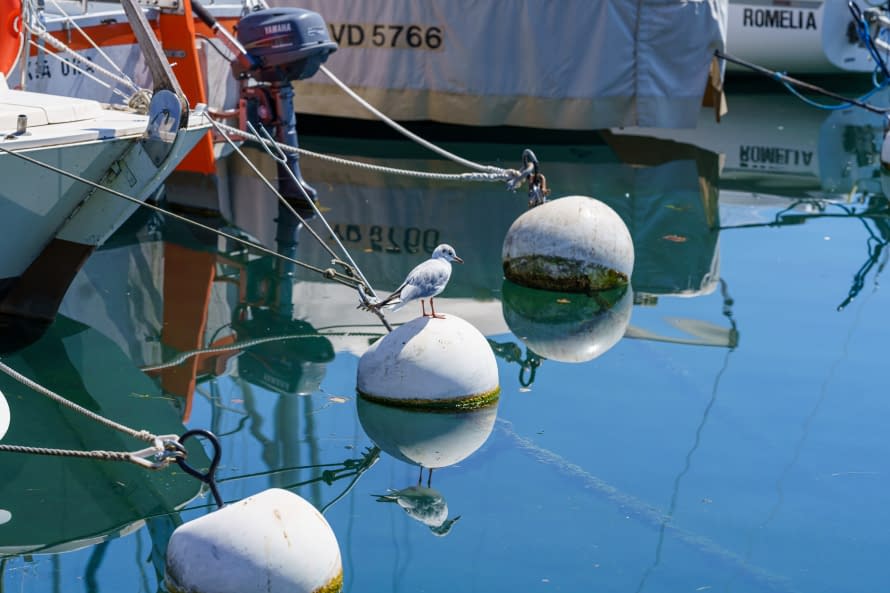
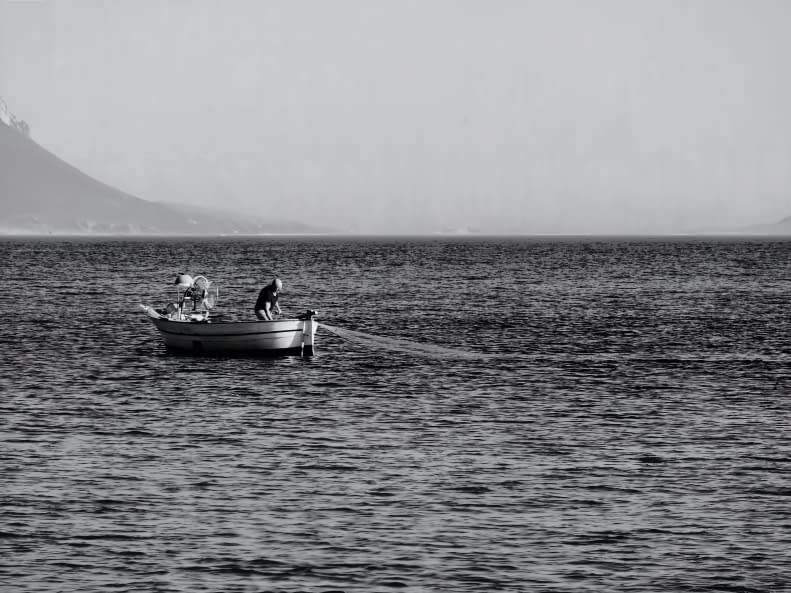
The people in your pictures also radiate a special calmness to me. They are strolling (‘Promeneur pensif dans les rue de Naples’), sunbathing (‘La dolce vita, Posilippo, Napoli’), sitting and resting (‘La dame au parapluie, Lausanne, Suisse’ or ‘La penseuse, Genève’), or enjoying the view (‘Vue du lieu de promenade, Neuchâtel’). So many of your pictures show people in contemplative, almost meditative moments.
What interests you about these intimate scenes of everyday life? And to what extent do you see them as a reflection of a certain culture or society? How important is it to think about and for yourself in everyday life?
Answer:
I am particularly drawn to such scenes - especially when I find myself in the hustle and bustle of everyday life, for example at rush hour in the city when people are streaming out of offices en masse. In these moments, I look out for someone who is not part of this busy ballet. Someone who seems to be swimming against the tide. Someone who looks different, lives differently, moves to a different rhythm. Someone who withdraws - from the pace, the expectation, the noise.
And surprisingly, I often encounter this. It reassures me - because it shows that there are still people who perceive the world according to their own time and their own priorities. Despite everything that our Western society wants to impose on us. Yes, I see in these moments a mirror of our time - and perhaps also a silent resistance to it. They remind me how valuable it is to take time. To see, to hear, to feel - even today.
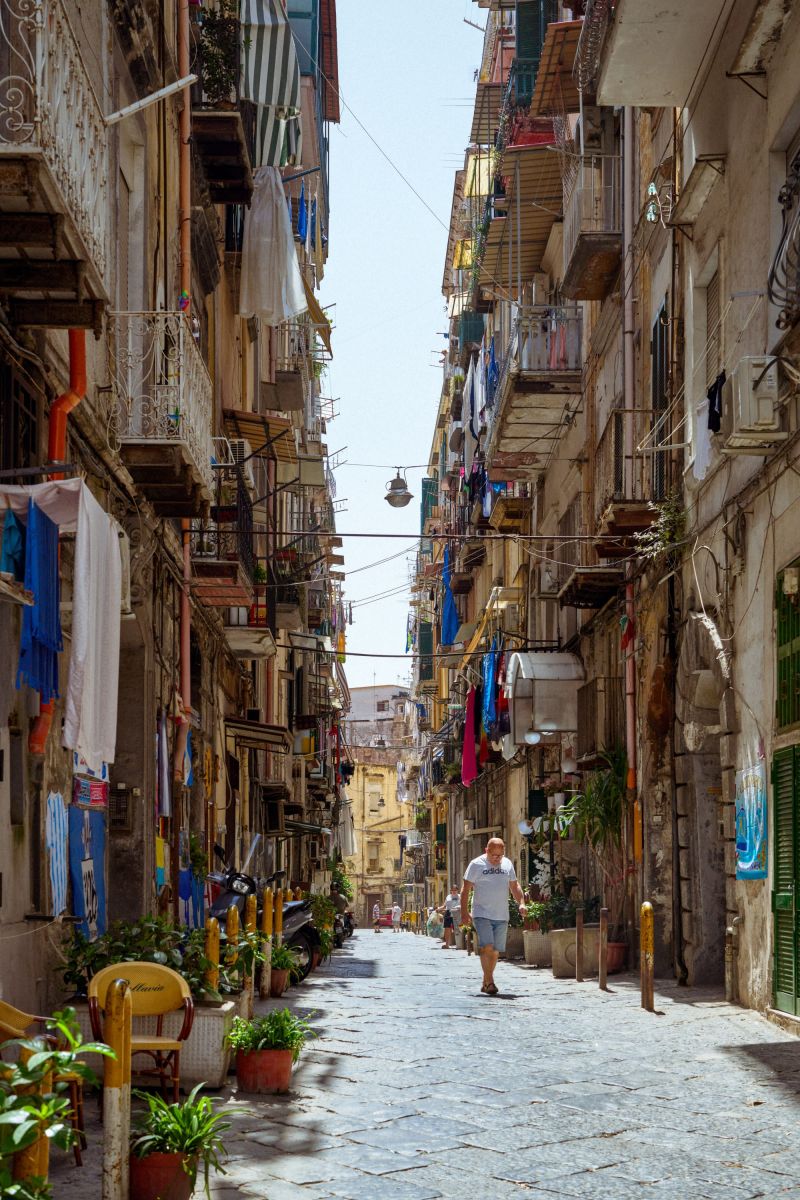
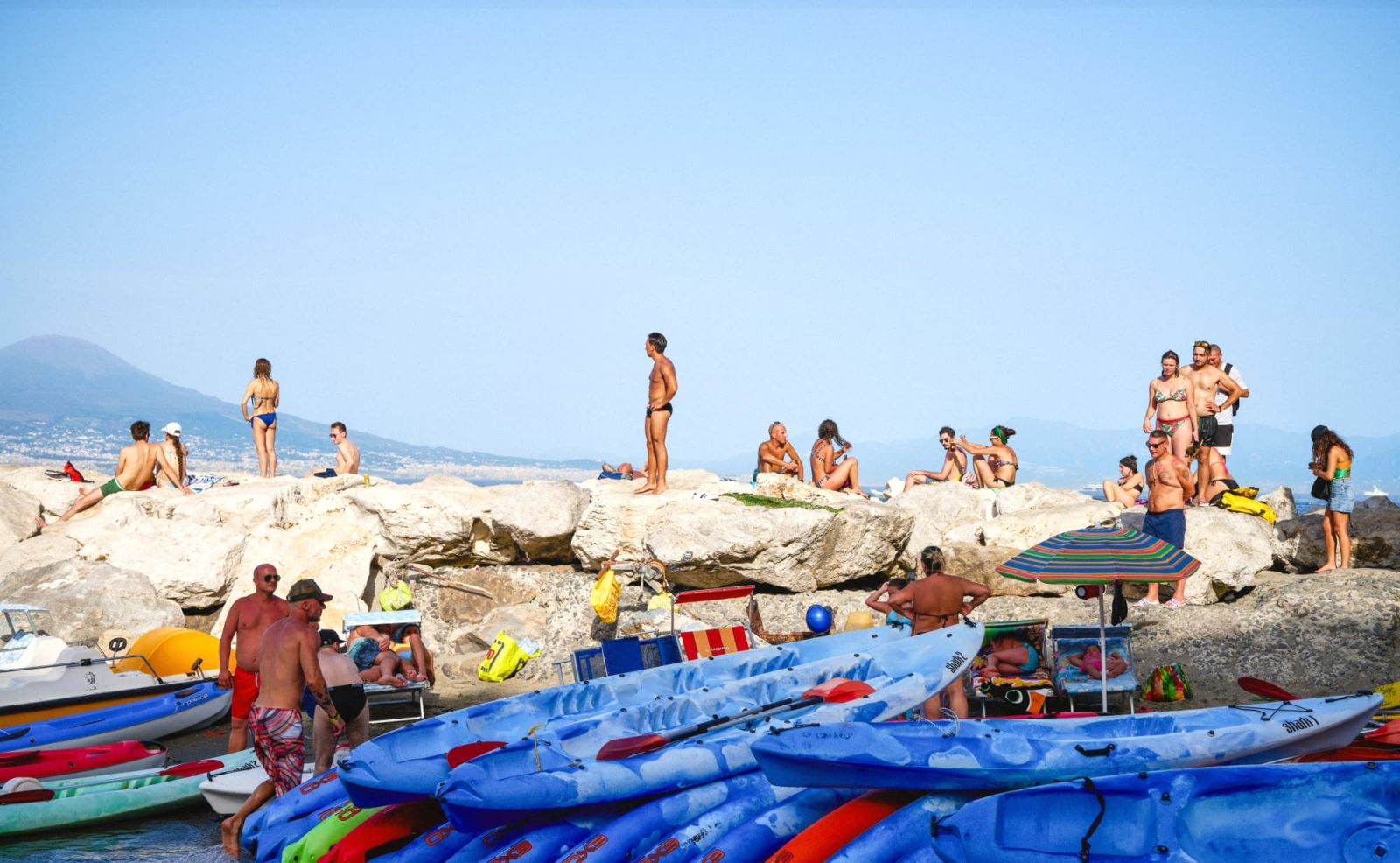
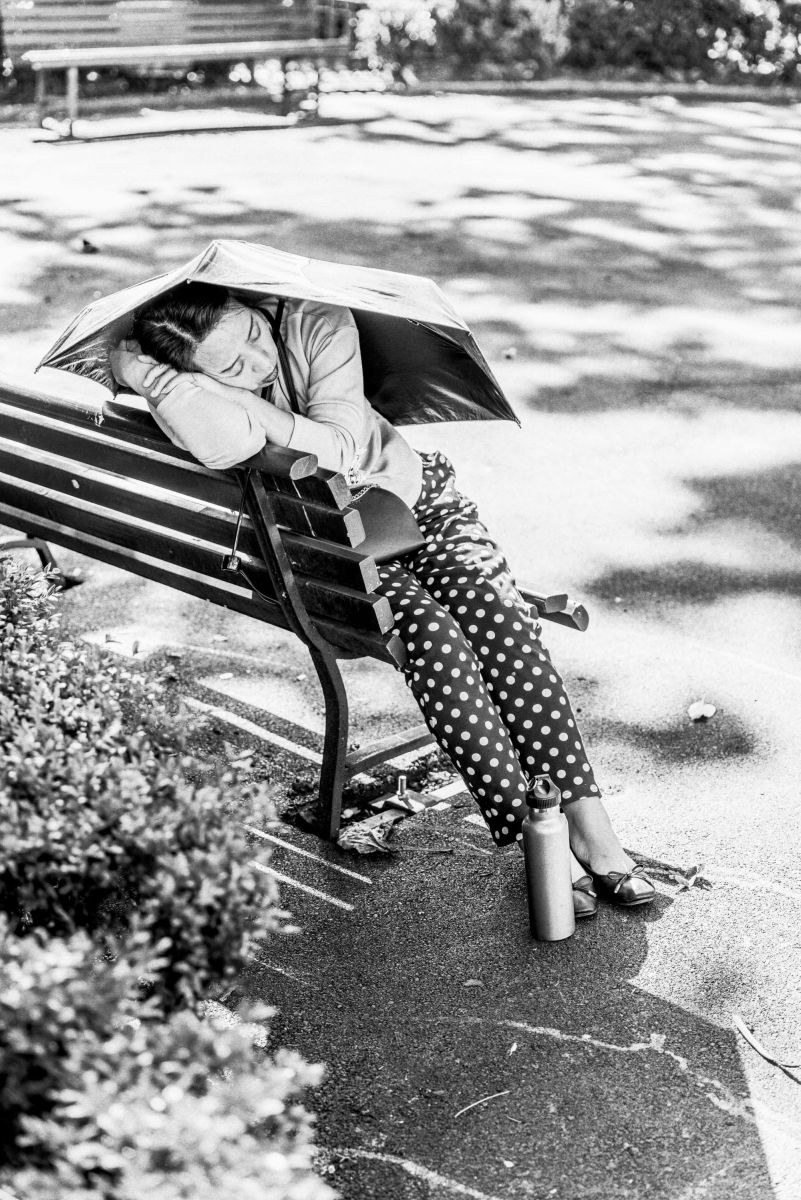
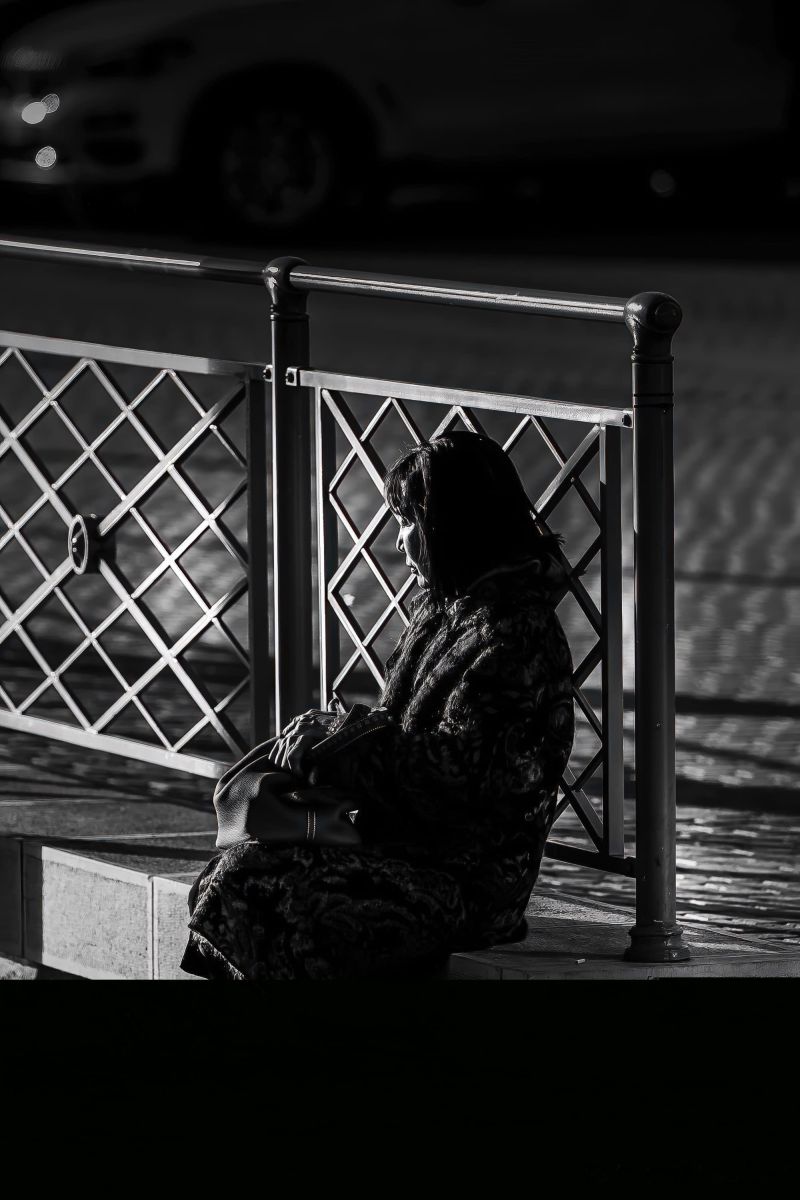
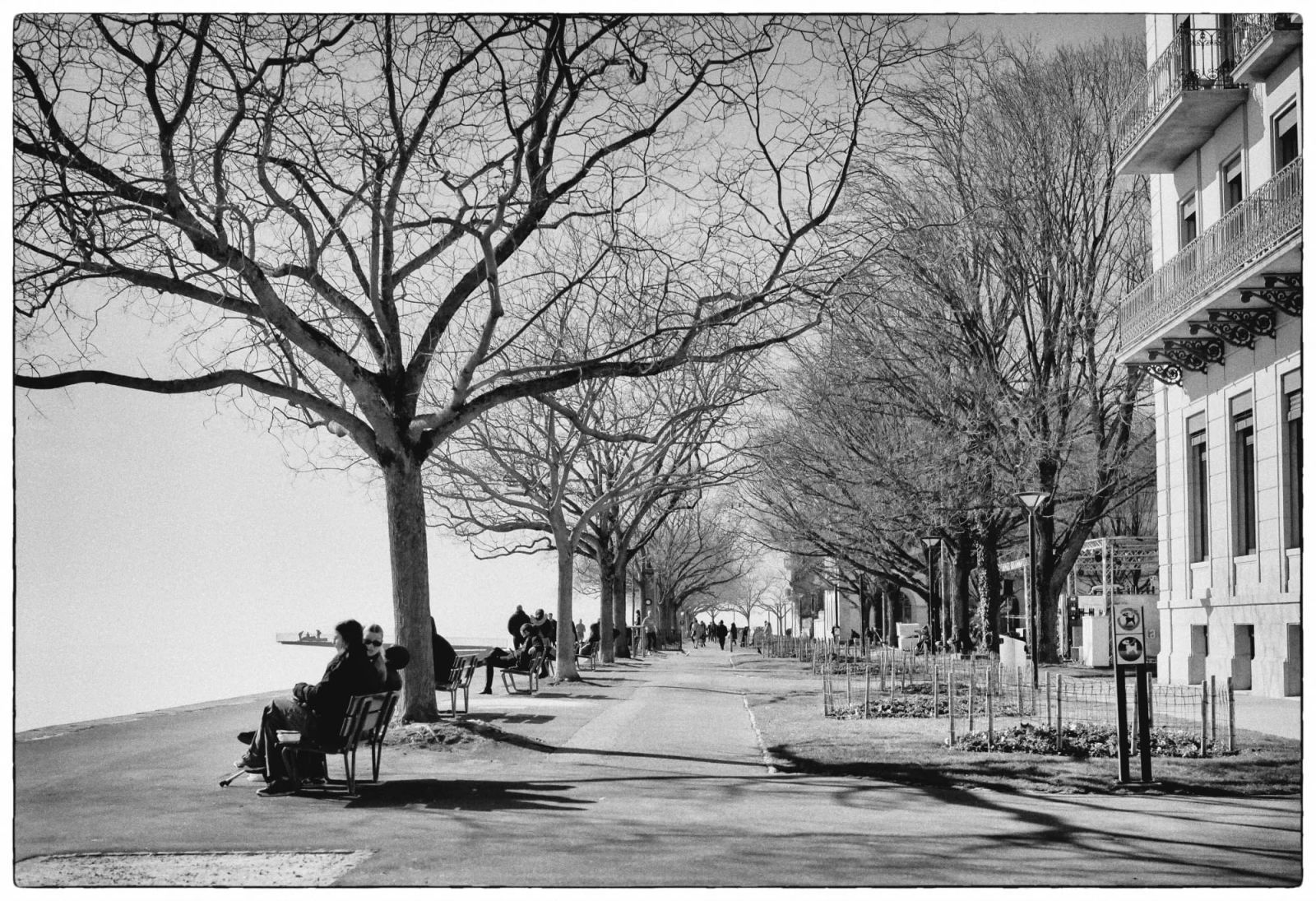
The night appears rather rarely in your work, but very strikingly - for example in ‘Entre chiens et loups’ or ‘La Pluie le soir sur Genève’.
What do you find appealing about photographic work at night - and what are the creative and technical challenges involved?
Answer:
Night photography is something very special for me. It allows me to rediscover or rediscover places - under completely different lighting conditions. The darkness allows me to be more courageous: I dare to take different angles, different moods, a different visual language than I would choose during the day. And sometimes the weather - fog, rain, cold - transforms the scene into something magical, almost mystical. I love that.
Places that are lively during the day become quiet at night - and look like stages on which stories are created. Street lighting plays a major role here: its light can be warm, cold, diffuse, direct, suggestive - and lends each picture a new colour palette. The shadows also change - they appear strange, new, narrative. The night makes it easier for me to combine different artistic approaches - photography, film, literature. And it gives me the peace to immerse myself completely in a picture.
Of course there are challenges: changeable weather, cold-sensitive technology. And sometimes the feeling of insecurity when I'm travelling alone at night - then I tend to photograph instinctively, frantically, almost as if in a state of alarm. I usually keep these pictures to myself. But all in all, I find night photography very enriching - both technically and emotionally.
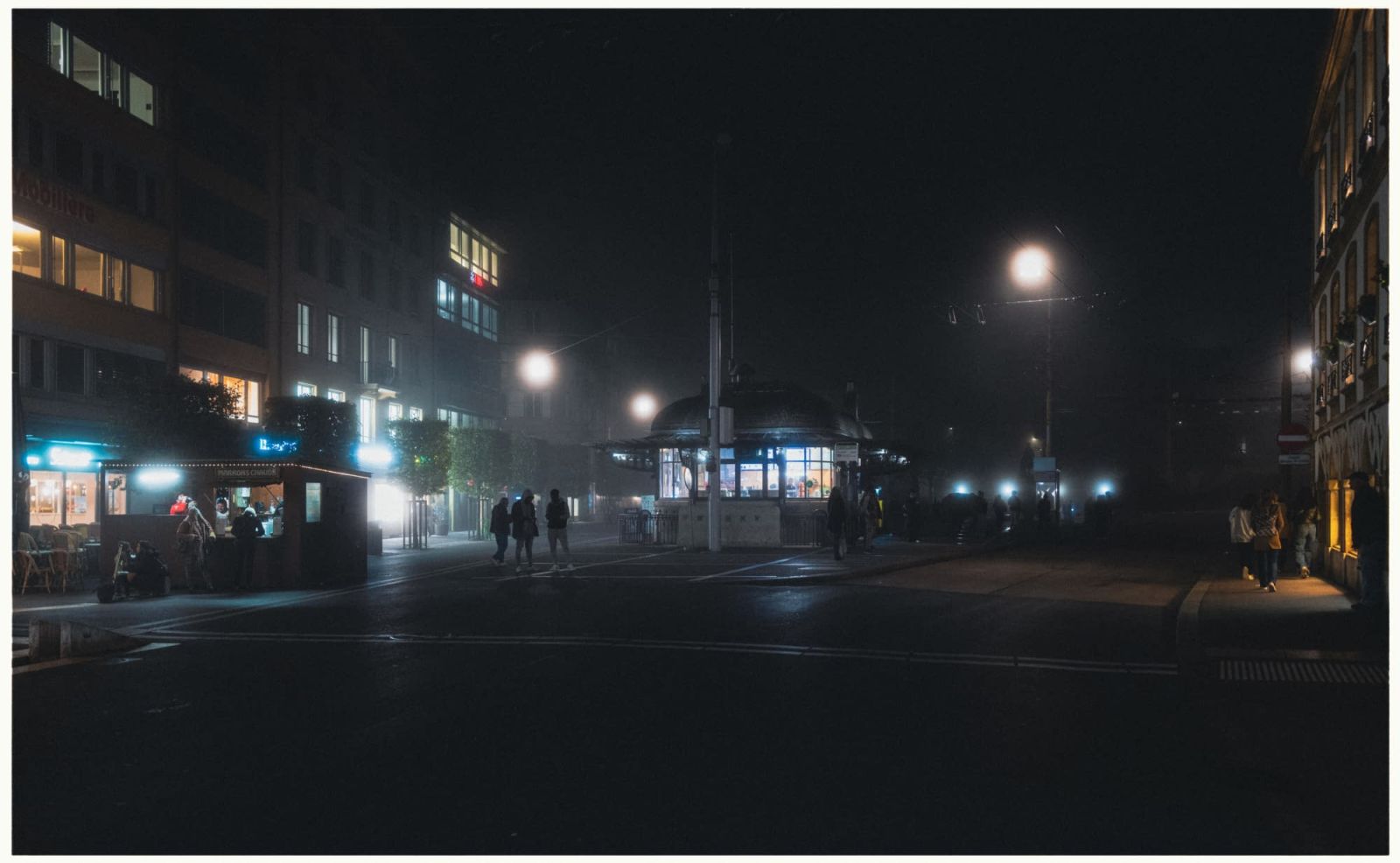
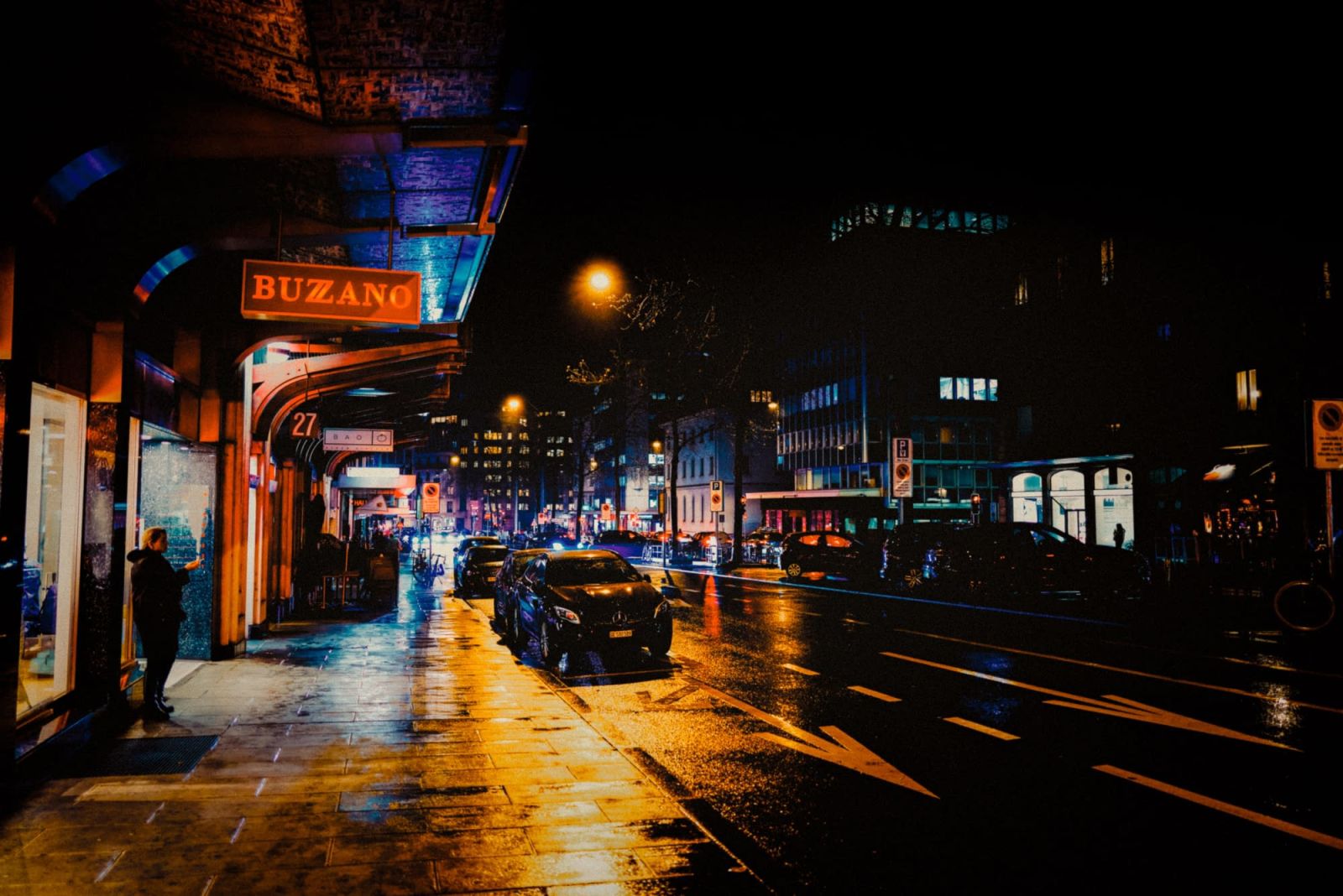
Your works often oscillate between architecture, light and shadow. You capture places as if they harboured secrets. Your pictures reveal a special relationship between people, space and structure.
What interests you about the relationship between people and architecture? And what narrative power do you discover in the interplay of light and shadow?
Answer:
I love the interplay of architecture, light and shadow - especially when people are added as silent protagonists. Their presence in my pictures often serves as an extension or antithesis to the structure. Sometimes I have the feeling that a place, a building or a scene is hiding a secret - and I want to make this feeling tangible in the picture. Then I use everything at my disposal to make this invisible visible.
The relationship between people and architecture enables unusual perspectives: how we stand, how we move, where we are - all of this is influenced by the space. Architecture also inspires me to develop new ways of seeing. But only if I really feel connected to a building or place. If I don't, I keep my distance - because then I feel that no good picture will emerge. So this relationship is both an artistic dialogue and a mirror of my own perception.
In many of your photographs, trees stand as silent witnesses in the pictorial space. They line the street (‘Vue du lieu de promenade, Neuchâtel’), tower over houses and surround towns (‘Vue de la ville de Naples depuis Capodimonte’), they provide shade and coolness at bus stops or between rows of houses (‘Nous sommes désolé pour le retard, Bern’, ’l'attente amoureuse? Paris, France‘) or they are mysteriously reflected in the glazing of a building (’Jeu d'ombres et de lumières, Neuchâtel‘). They thus take on different roles and serve as shadows, as counterpoints to the architecture or as reflective surfaces.
What role does nature play in your compositions - metaphorically and creatively?
Answer:
Trees are like silent witnesses for me - guardians, philosophers, time travellers. I have deep respect and great admiration for them. Maybe it's also because of my first name - Sylvain, the ‘man of the forest’? Who knows. For me, trees embody wisdom, patience, the unstoppable rhythm of life. They remind us that there are things bigger than us - and that not everything has to be controlled by us.
In my photography, trees often take on the role of commentators: they observe what we humans create - without judgement, but not without opinion. Sometimes it seems as if they are whispering to me: ‘Your picture is only complete when I'm in it too.’ Their presence grounds the scene. Nature as a whole is often the first impulse for me - a source of inspiration, a stage for the unexpected. And yes, sometimes I realise too late what was happening right before my eyes. Then I regret not having captured this gift of nature. Without it, there would be no real beauty for me, no surprise - and no photography.
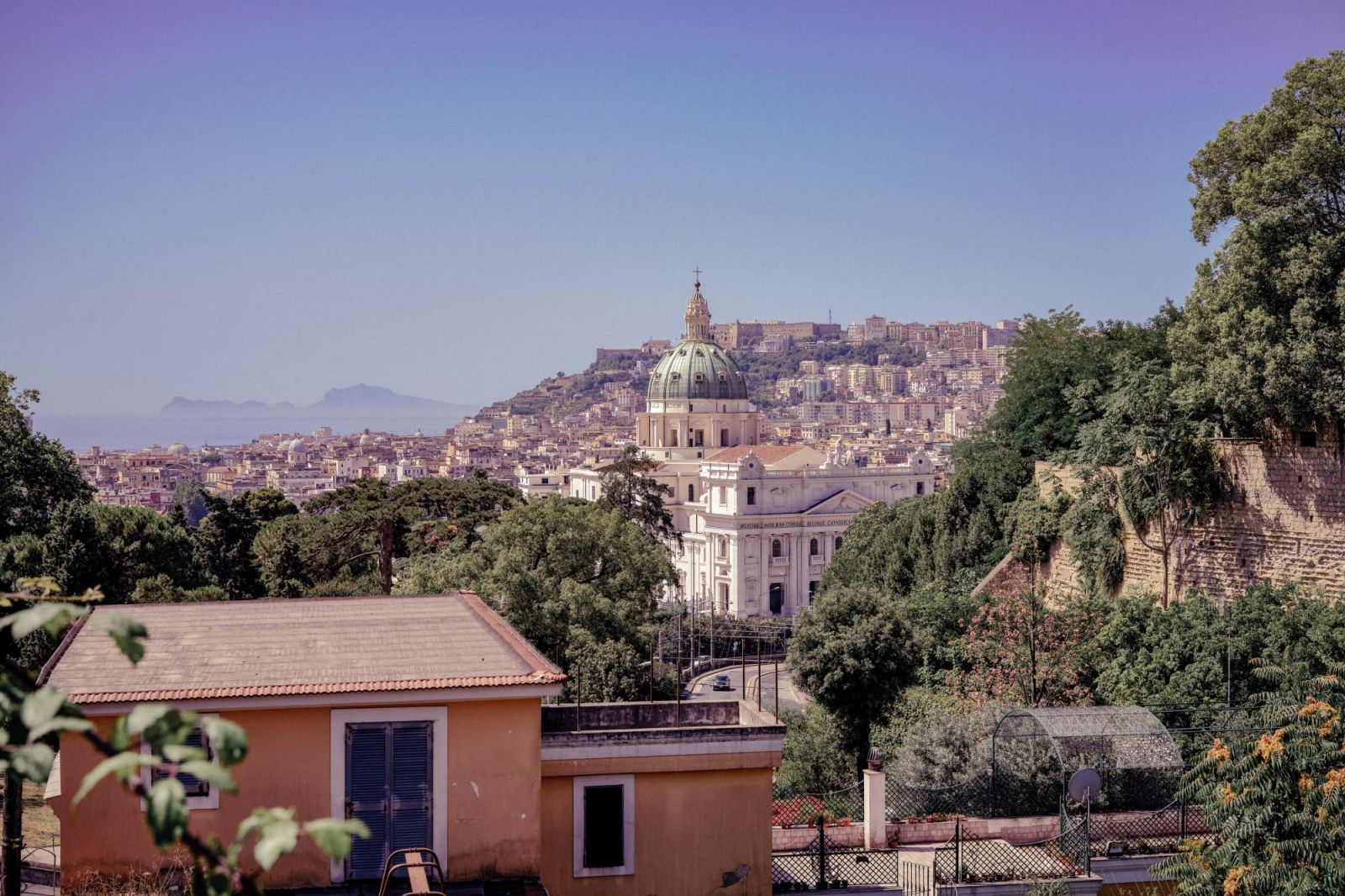
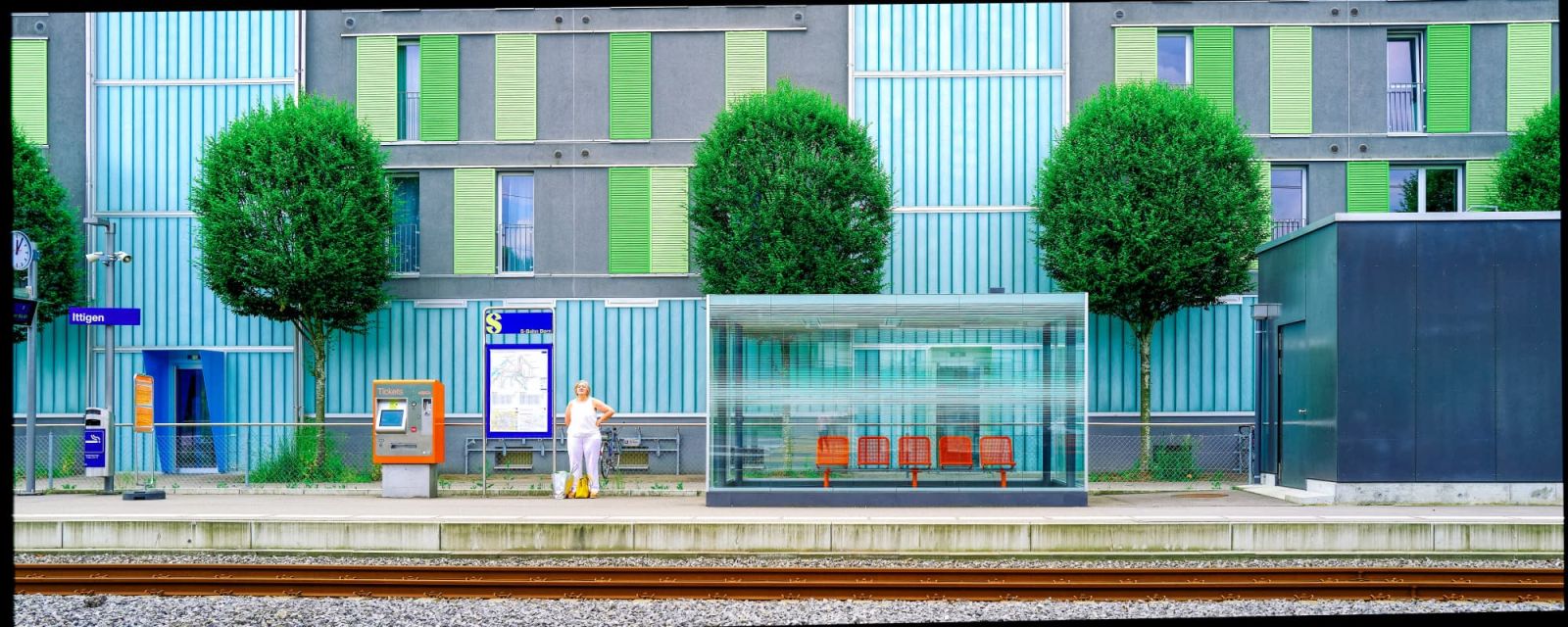
What role does colour play in your photography - and when do you consciously decide to use certain colour worlds or to present the photographs in black and white?
Answer:
The relationship between colour and black and white is a constant question for me - and perhaps there is never a definitive answer. I almost always shoot in colour first because I have a deep passion for its nuances and possibilities. I can spend hours tweaking the perfect tint - to create exactly the feeling I want to convey in the image.
I am fascinated by the colour look of old Kodachrome or Fuji films - but also by digital looks, such as those created by Hasselblad or Phase One. If none of that works, I look to painters for inspiration: Hopper, Vermeer, Van Gogh - their worlds of colour help me to rethink details. And sometimes, when none of that works, I opt for black and white. Then everything is reduced - to structure, light, emotion.
When I work entirely in black and white, I prefer to use analogue technology or special monochrome sensors - from Leica, for example. The result looks the most authentic to me. Interestingly, my black and white images are often recognised more on social media. Perhaps because they radiate a power and clarity that I don't always achieve with colour.
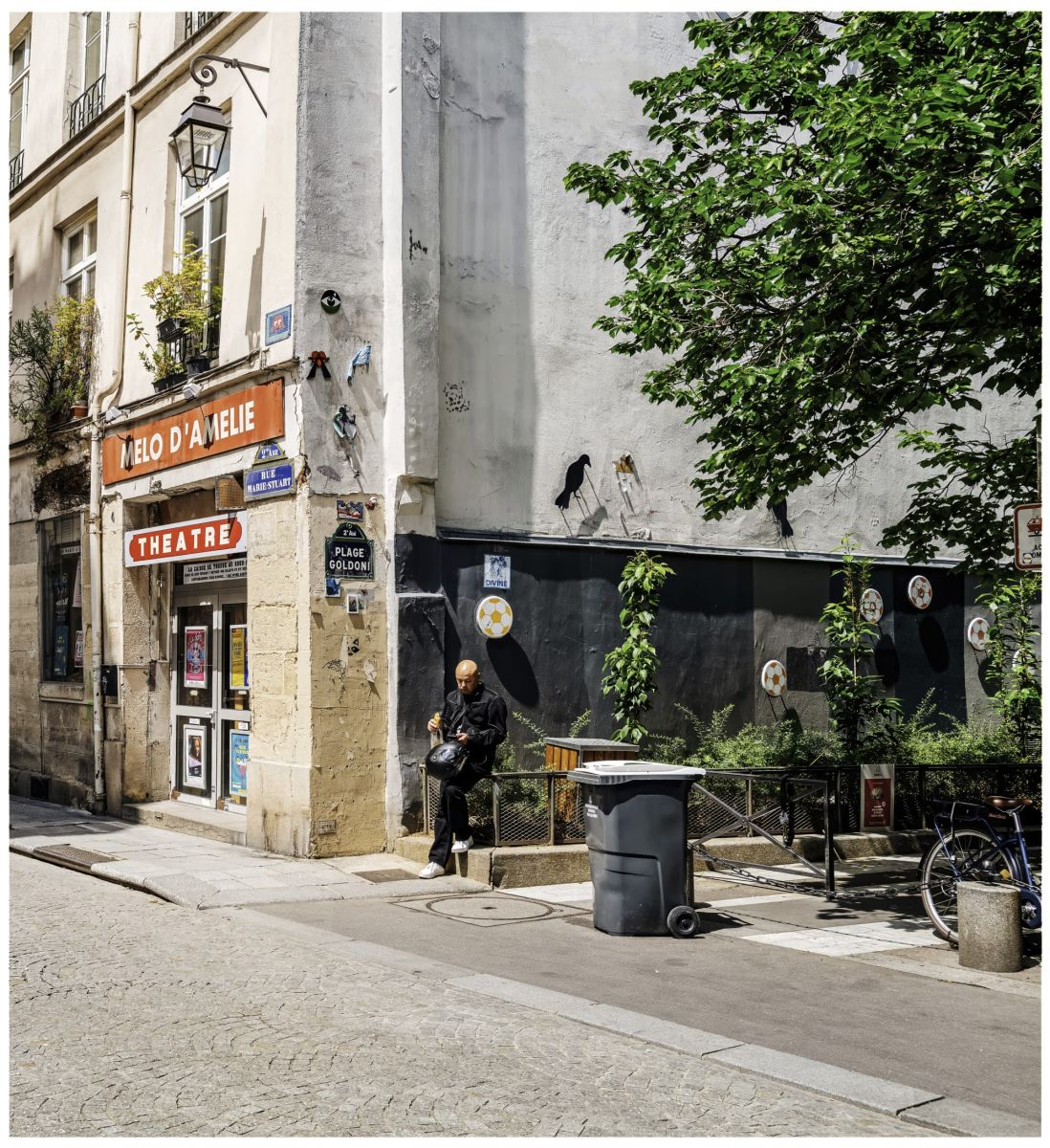
Your pictures often look like carefully composed scenes - almost cinematic. How do you develop an image composition? Do you let yourself be carried away or do you plan certain structures in advance?
Answer:
When I look through the viewfinder, the first thing that counts for me is the centre: the subject. I ask myself whether it is ‘worth it’ - whether it has enough depth, enough history. If so, I devote myself to its surroundings. I compose the picture until everything looks coherent - but without the main motif getting lost in it. It remains the star.
I never plan. I let the subject guide me - it tells me what it needs. Sometimes I see a different version of the same moment at home that I didn't recognise outside. But this spontaneous, instinctive work is exactly what drives me. Once I had to plan - for an assignment, for example - it felt mechanical. The joy was gone. The picture remained empty.
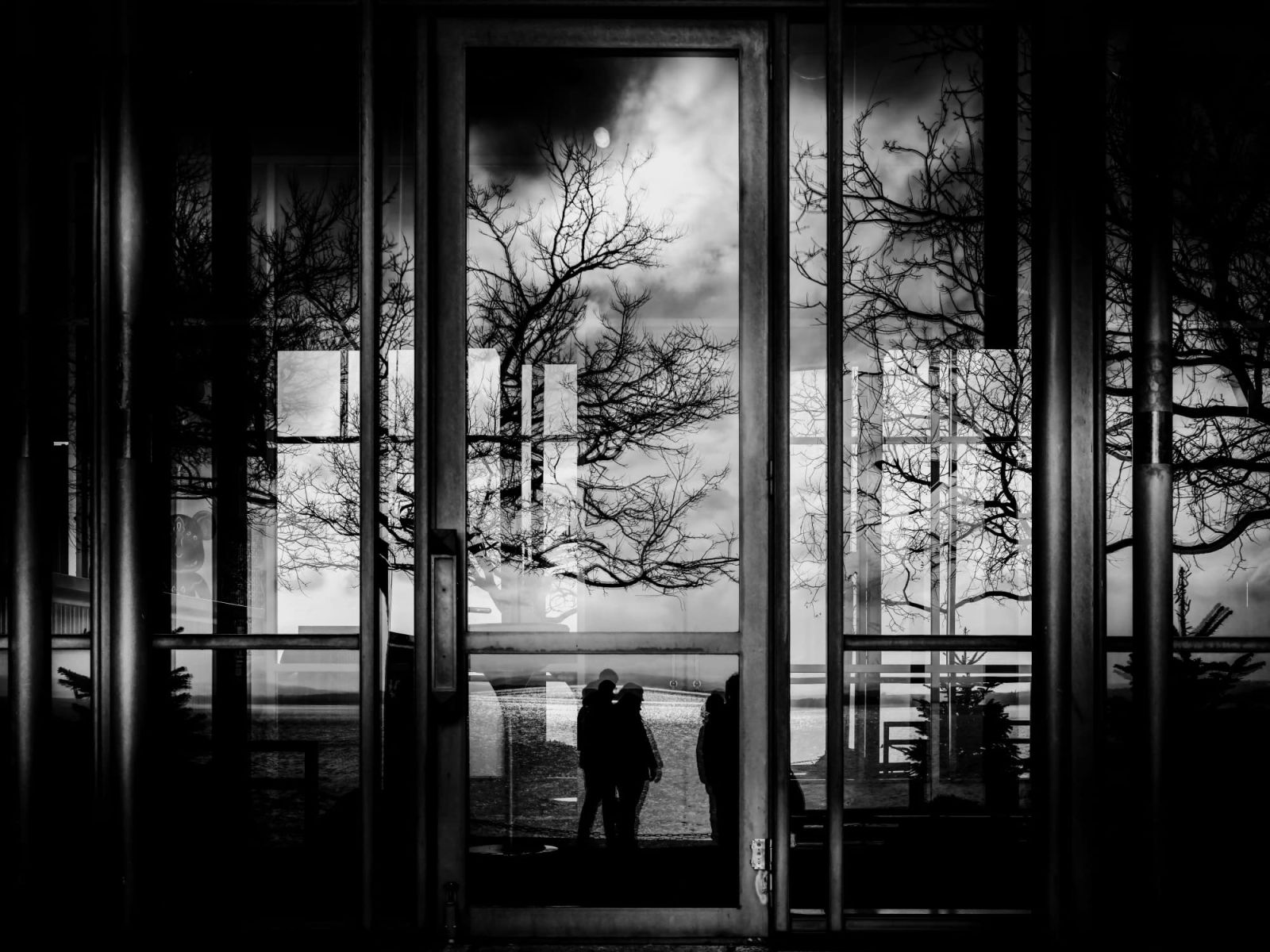
Are there any photographers or artists who have particularly influenced or inspired you? And to what extent does this inspiration flow into your own work?
Answer:
In terms of photographers, there have been several who have made an impression on me, either through their work in general, their way of seeing things or their technique. There are the classics of course like Cartier-Bresson , Doisneau , Lange , Kapa , Maier and others more recent like Meyerowitz or Mccurry . I have a soft spot for the photographer Allan Shaller who is a little more up to date than the others, chronologically speaking. There are also images that I will never forget and that made me discover and love photography. Often historical images. The image of the Republican soldier in the Spanish Civil War, that of Robert Kapa during the Normandy landings, or that of a prisoner shot at point-blank range by a police commissioner during the Vietnam War, or that of the little girl trapped in the earth after the eruption of Nevado Del Ruiz in Colombia in the 1980s.
And there are so many more. All these geniuses taught me that you have to be curious, open-minded, love to discover, love everything, travel, marvel at the simplest things and keep your childlike soul as long as possible. To know how to listen to your soul, your senses and your heart in order to see as much as possible.
Sylvain, thank you very much for your time and your open, moving answers!
With Eyes Wide Open Through The World
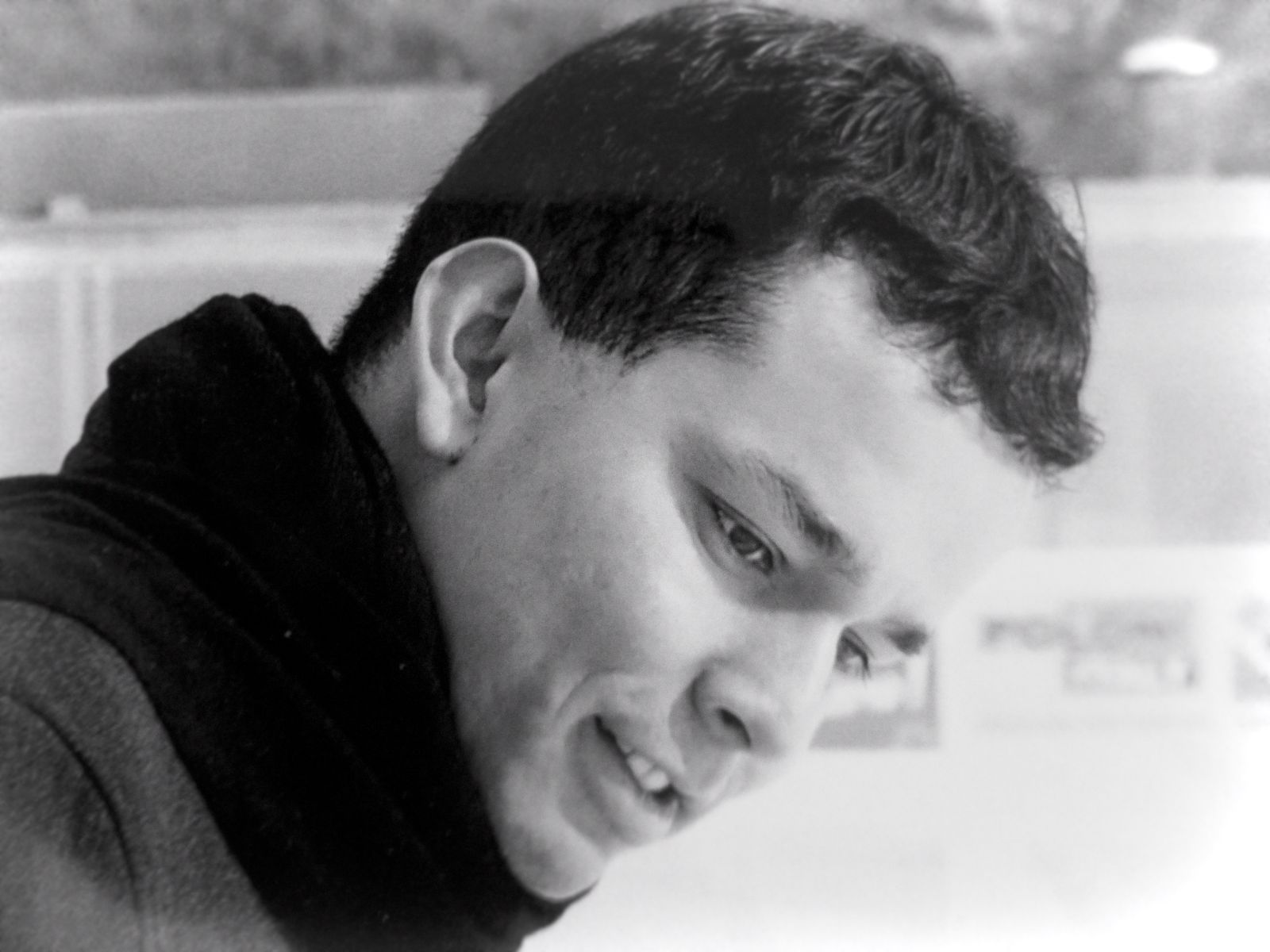
The interview with Sylvain Blanchoud impressively demonstrates how multi-layered and reflective his photographic work is. Whether movement and stillness, light and shadow, architecture or nature - his pictures tell of moments of concentration, pausing and subtle perception. They invite us to see the world with new eyes: poetically, attentively and with respect for both the small and the big. Anyone who looks at his works encounters not only a scene, but also an inner state - and perhaps also a part of themselves.
Discover more works by Sylvain Blanchoud on his profile at art24 - and be inspired by pictures that tell stories.
Author: sylvain blanchoud



